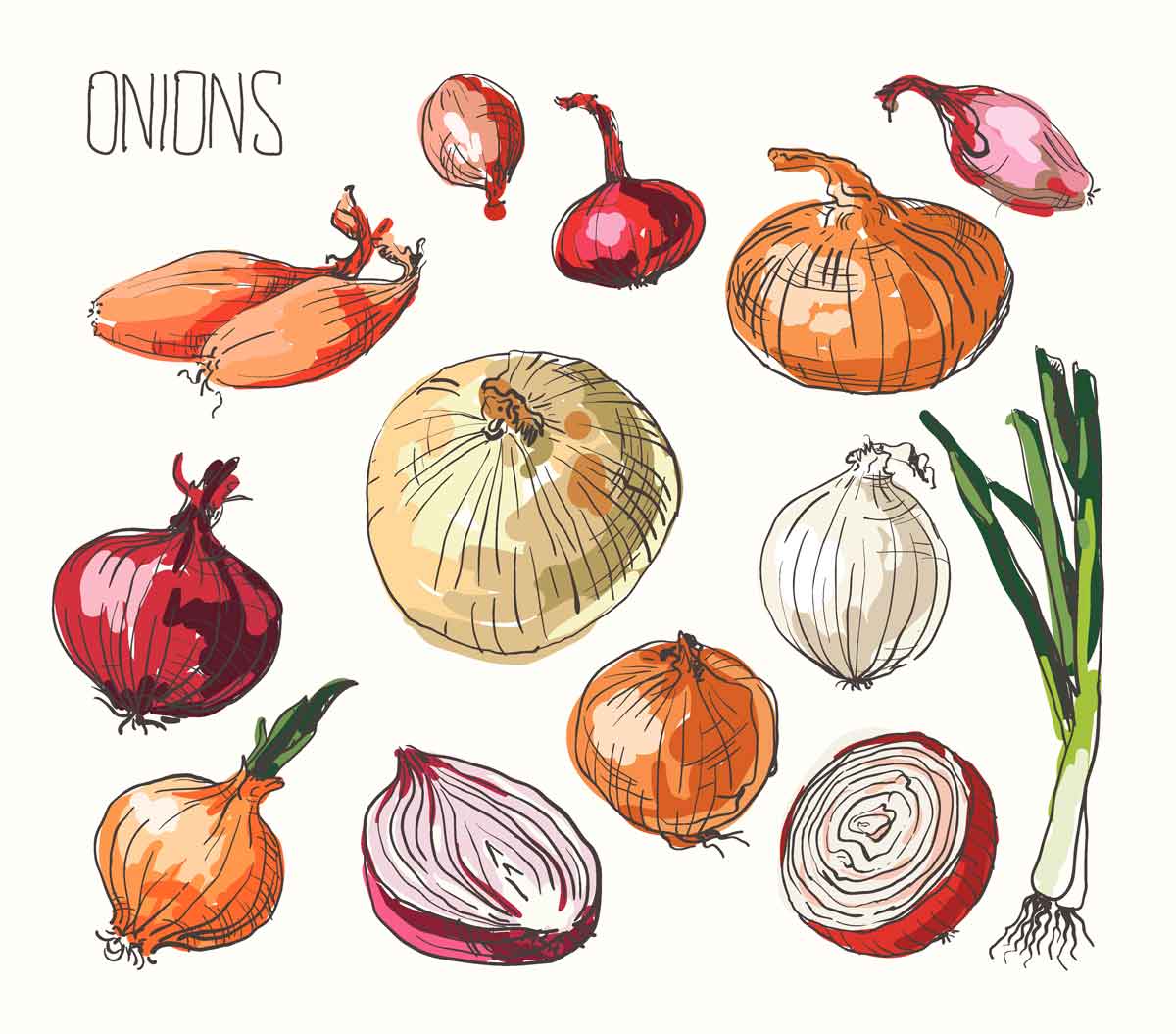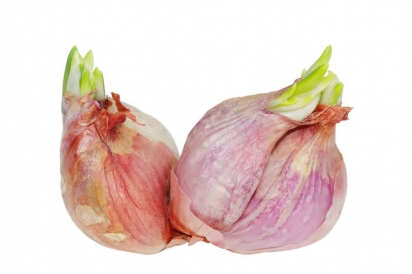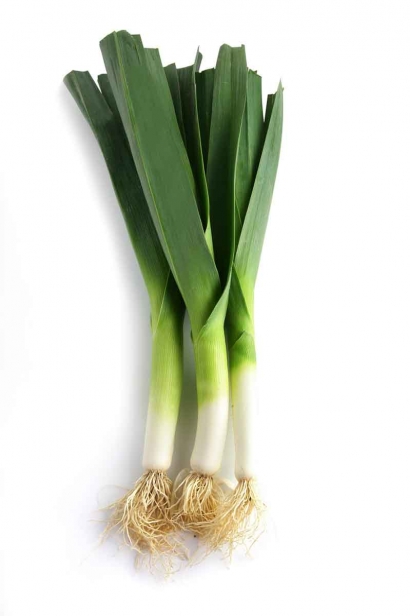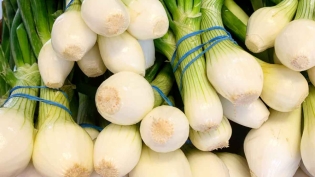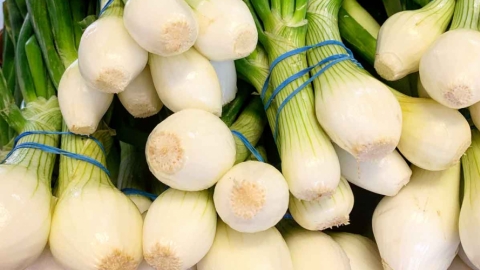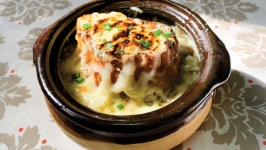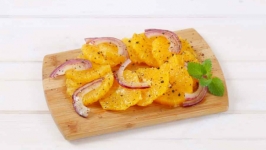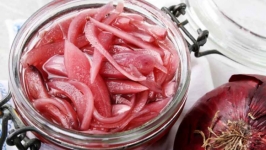I Love Onions
“It’s hard to imagine civilization without onions,” Julia Child is said to have remarked – and they are indeed part of ancient civilizations, likely originating in central Asia or the Mideast, and cultivated for at least 5,000 years. These flavorful members of the genus Allium, along with their close relatives leeks and shallots, are essential to so many cuisines.
Florida is not one of the largest onion-producing states – in volume, Georgia tops the list, followed by Idaho and Eastern Oregon, Washington and California. But in the winter and spring, you’ll find lots of local onions in South Florida farmers markets.
SPRING ONIONS are young, with green tops and small, juicy, sweet bulbs. These are the young versions of the onions you buy in the supermarket (Farmer Margie of Bee Heaven calls them teenagers). You can eat the green and white parts, delicious raw in salads. Store in the refrigerator but plan on using them within a week or two for best flavor.
SCALLIONS OR GREEN ONIONS are immature young shoots of bulb onions, tender and bright green. Use chopped as a tasty garnish; grill, lightly brushed with oil, until lightly charred; add to stir-fries and salad dressings.
SHALLOTS are small, garlic-like bulbs with golden brown to reddish skins. Chopped fine, they add mild but complex flavor to classics like Béarnaise sauce. Slice and fry shallots until crispy to top soups, salads and noodle dishes as they do in Indonesia and Southeast Asia. Plant a few shallot bulbs in a pot in the fall and harvest in the summer when the leaves turn brown.
LEEKS look like fatter green onions, but are milder and sweeter. They’re the star of quiches and tarts, soups and pasta sauces. Use the white part and the tender green parts and save the thicker parts for vegetable broth. Clean carefully in cold water, separating the rings to wash away any sand and dirt.


